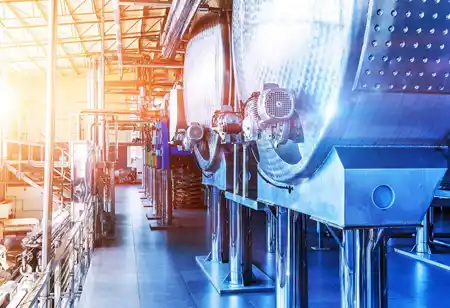As industries embrace intelligent manufacturing and Industry 4.0, the adoption of the Industrial Internet of Things (IIoT) and advanced sensor technology has become the new norm. This transformation brings both opportunities and challenges to the realm of chemical process safety.
Fremont, CA: With the advent of intelligent manufacturing and Industry 4.0, the adoption of the Industrial Internet of Things (IIoT) and sensor technology has become commonplace in industries. Complex technologies, such as lithium-ion batteries and data center cooling systems, rely on chemical processing. However, the increasing demand for chemical processing has given rise to heightened safety concerns. To address these challenges, high-tech solutions are emerging, working in synergy with traditional safety measures to enhance worker safety and mitigate risks in the chemical processing industry.
The Evolving Landscape of Chemical Process Safety
As industries embrace intelligent manufacturing and Industry 4.0, the adoption of the Industrial Internet of Things (IIoT) and advanced sensor technology has become the new norm. This transformation brings both opportunities and challenges to the realm of chemical process safety.
Addressing Safety Concerns with Technology
Several safety concerns loom large in industries relying on chemical processing, including technology and pharmaceuticals. While personal protective equipment (PPE) and monitoring cameras have traditionally played a role in safety, their effectiveness is often limited to specific applications. The integration of cutting-edge technologies offers a complementary approach to addressing these concerns:
Mitigating Human Error: High-tech solutions can help reduce accidents caused by human error by providing real-time guidance and alerts to workers.
Enhancing Safety Compliance: Technology can ensure that safety protocols are rigorously followed, helping companies maintain regulatory compliance.
Improving Quality Control: Automation and sensors can enhance quality control processes, reducing the risk of subpar products.
Optimizing Inventory Management: Smart technology can help prevent issues related to outdated inventory and raw materials.
Machine and Technical Defect Detection: Advanced sensors and automation can quickly detect machine or technical faults, preventing accidents.
Educational Resources: Digital platforms can provide technicians with access to a wealth of educational resources, ensuring they stay up-to-date with industry knowledge.
The Role of IIoT and Sensors
The Industrial Internet of Things (IIoT) and sensor technology are pivotal in enhancing chemical process safety. These technologies, often integrated with virtual reality and robotics, offer real-time monitoring and control capabilities. They enable predictive maintenance, identify potential hazards, and facilitate swift responses to incidents.
Drones and Robots for Safety
Drones, whether operated manually or autonomously, are valuable tools for safety and inspections. Drone sensors surpass human eyes in accuracy, making them ideal for outdoor and indoor assessments. They can monitor chemical waste flow through pipes and assess air quality within facilities.
Harnessing Virtual and Augmented Reality
Virtual and augmented reality (VR and AR) technologies hold immense potential in chemical process safety. These tools can create digital twins for simulations, saving time and resources by avoiding failed experiments. By incorporating data into future hypotheses, VR and AR contribute to safer processes and outcomes.

